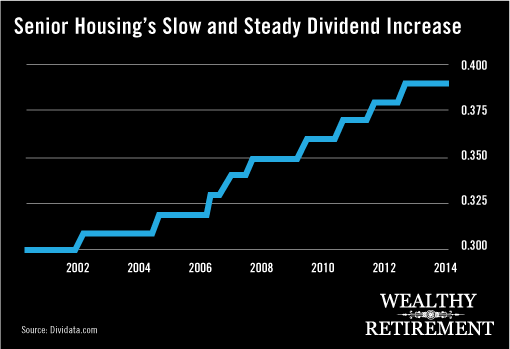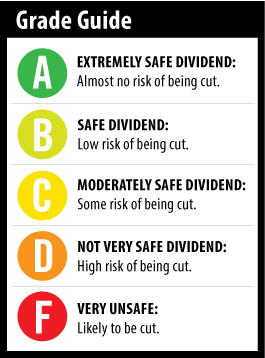 A common refrain heard around my family’s dinner table is me half asking/half telling my children, “You’re not going to put me in a nursing home when I’m old, are you?”
A common refrain heard around my family’s dinner table is me half asking/half telling my children, “You’re not going to put me in a nursing home when I’m old, are you?”
Although my grandmother lived in a beautiful assisted living facility with her own apartment and caring staff, I’ve been terrified of them ever since I was about 6 years old. That’s when, while visiting my great-grandfather, a seemingly ancient woman with no teeth, who was of no relation to me, grabbed me and hugged and kissed me repeatedly.
I am doing everything in my power to avoid ending up in one (like eating right, exercising regularly and investing for the future). However, I still could very well end up in one, like millions of other people.
[ad#Google Adsense 336×280-IA]In fact, nursing homes are about to be a booming business thanks to the millions of people born between 1946 and 1964 – also known as baby boomers – who are entering their retirement years.
Roughly 10,000 baby boomers turn 65 years old every day in the U.S.
It is estimated that one-third of all boomers will wind up in some sort of assisted living facility at some point in their lives.
It’s one of the reasons I’m a big fan of Omega Healthcare Investors (NYSE: OHI).
Omega is the landlord to nursing homes around the country. I recommended the stock in The Oxford Income Letter last September. Today, it’s up more than 35%.
The attractiveness of the demographics is also probably one of the reasons that Charlotte asked me to take a look at Senior Housing Properties Trust (NYSE: SNH), a Newton, Massachusetts-based real estate investment trust (REIT) that invests in nursing homes, assisted living facilities, senior apartments and hospitals.
The stock pays a 6.6% yield. It has a history of dividend increases, although not necessarily every year. Senior Housing has boosted the dividend by a penny per share nine times since 2002. It has paid $0.39 per share each quarter since October 2012.
 In the first quarter of 2014, Senior Housing Properties Trust earned $0.21 per share. Not nearly enough to cover the dividend. If you looked up the payout ratio for the most recent quarter, it would likely say 185%. In other words, it paid out nearly twice as much in dividends as it earned.
In the first quarter of 2014, Senior Housing Properties Trust earned $0.21 per share. Not nearly enough to cover the dividend. If you looked up the payout ratio for the most recent quarter, it would likely say 185%. In other words, it paid out nearly twice as much in dividends as it earned.
But that’s the problem with the payout ratio when it’s based on earnings and why, when analyzing dividend safety, I don’t care much what the company earned. I care about cash flow.
When analyzing a REIT, the cash flow metric you want to pay attention to is called funds from operations (FFO).
In the first quarter, Senior Housing’s FFO was $0.43 per share – more than enough to pay the $0.39 dividend, and a noticeable difference from the $0.21 per share in earnings.
For the full year 2013, FFO was $1.69 while it paid out $1.56 in dividends.
Normally, I look for a company to pay out 75% or less of its cash flow in dividends. That gives me peace of mind that if the company has a bad year or two, there is enough wiggle room that the dividend won’t have to be cut.
Last year, Senior Housing paid out 92% of its cash flow in dividends. But REITs typically return most of their cash flow back to shareholders. So while I’d like to see the payout ratio lower, I’m not too concerned.
 Especially when the company’s track record is taken into account.
Especially when the company’s track record is taken into account.
If this were a company with a more volatile history of dividend payments, I’d be a little worried and would give the dividend safety a lower grade.
But with no cuts since the dividend began in 2000 and steady increases, I would be quite surprised if the company lowered its dividend any time in the near future.
We all worry about the future and about being able to care for ourselves in our old age.
But an income investor relying on the dividend of Senior Housing Properties Trust should have one less concern on his mind.
Dividend Safety Rating: A
— Marc Lichtenfeld
[ad#DTA-10%]
Source: Wealthy Retirement



